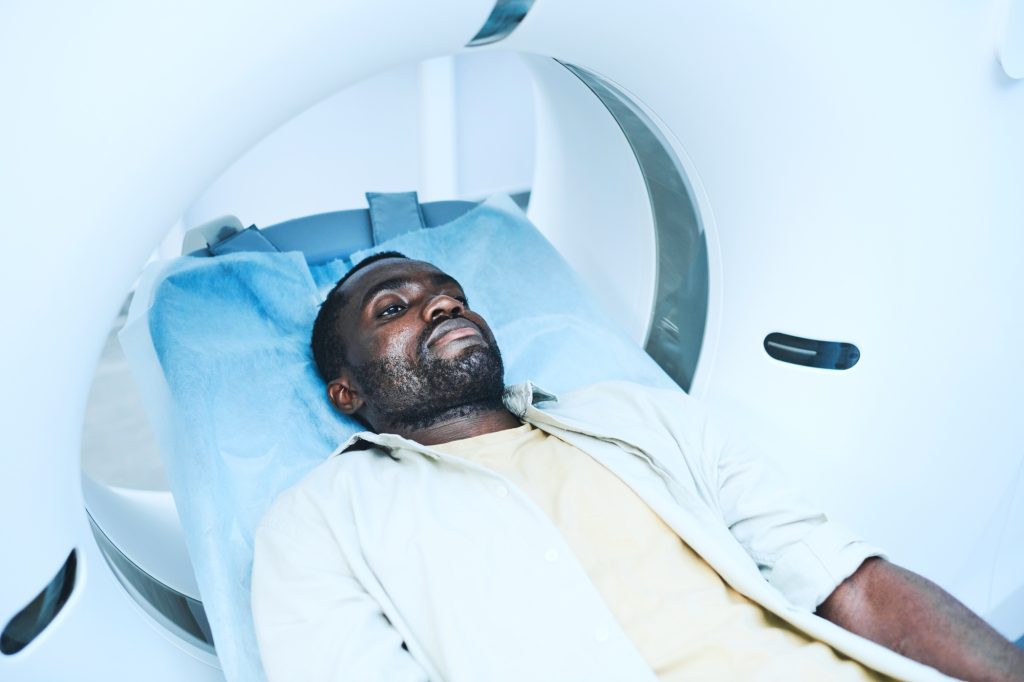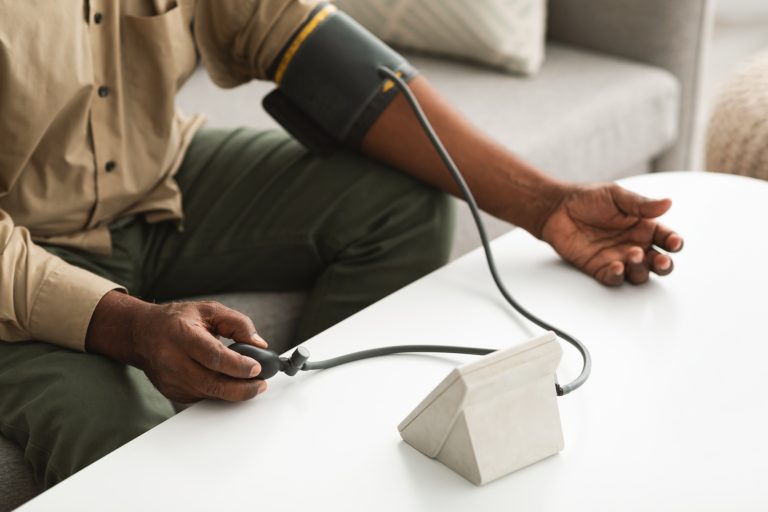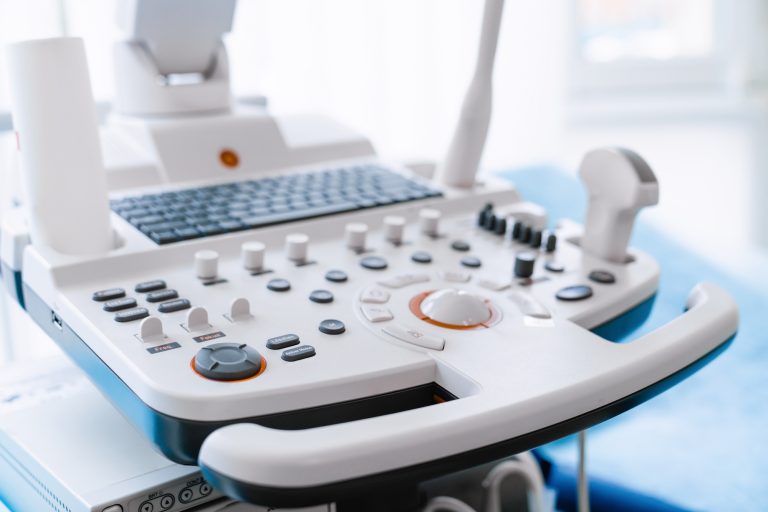Many patients are surprised by how long an MRI scan takes compared to other imaging tests like X-rays or CT scans. The duration varies depending on the body part being examined, the need for contrast agents, and the level of image detail required. Unlike X-rays, which take only seconds, MRI uses multiple imaging sequences to capture highly detailed pictures, making the process longer.
One reason MRI scans take time is the need for multiple image sequences. Each sequence captures different tissue contrasts, allowing doctors to identify abnormalities more accurately. For example, brain MRIs often require multiple views and techniques, increasing the scan duration. Complex areas like the abdomen or spine may require even more sequences.
Another factor is the need for patients to remain completely still. Any movement during the scan can blur images, requiring the technician to repeat certain sequences. This is particularly important for scans of the brain and joints, where precise details are crucial for diagnosis.
If contrast dye is required, additional imaging time is needed to capture pre- and post-contrast images. Contrast-enhanced scans help highlight blood vessels, tumors, and inflammation but add extra steps to the scanning process. The use of contrast also involves preparation and monitoring for allergic reactions, which can extend appointment times.
While MRI scans take longer than other imaging tests, their ability to provide detailed and radiation-free images makes them invaluable for diagnosis. Patients can make the experience more comfortable by wearing loose clothing, staying relaxed, and using provided earplugs or music to reduce stress.






